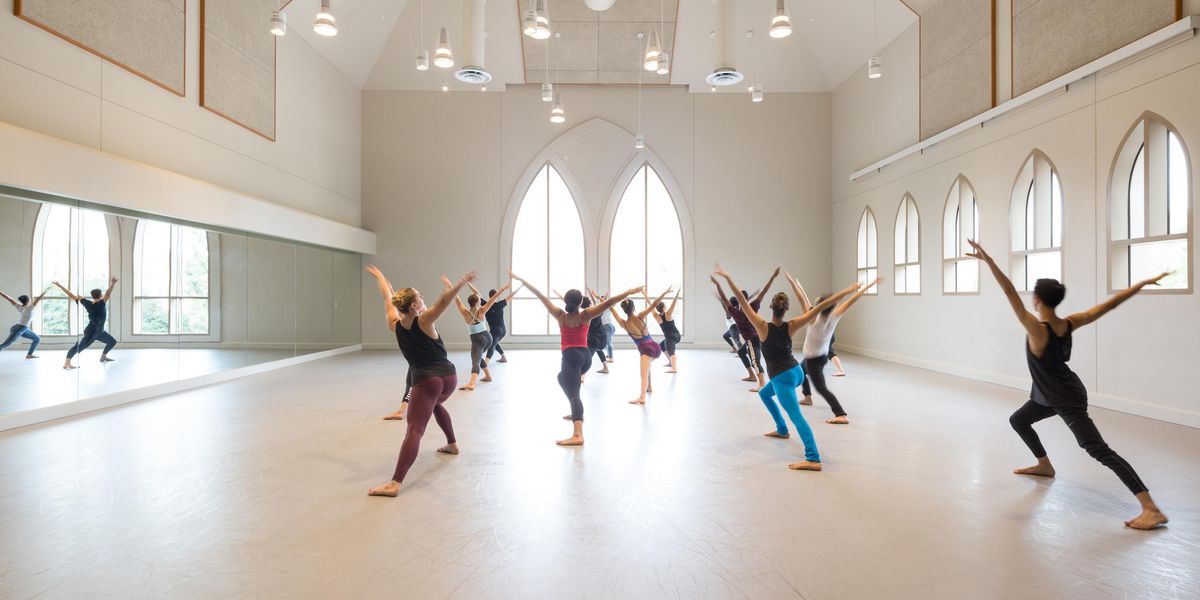10 Minutes With Jirí Kylián
At 69, Jirí Kylián is back in a leadership role in ballet. In 2009, he parted ways with Nederlands Dans Theater after 24 years as artistic director and another decade as resident choreographer; the company shelved his works entirely in 2014. The Czech luminary has since stopped making new pieces for the stage to focus on film and photography, but his blend of classical lines and contemporary fluidity remains a cornerstone of neoclassical ballet worldwide. Starting this season, it will have a new home at the Lyon Opera Ballet, where Kylián is taking up a position as associate artist with a three-year contract.
Why did you say yes to becoming associate artist in Lyon?
I started working with the Lyon Opera Ballet in the early 1980s, when Françoise Adret was the director of the company, so it’s a long tradition for me. The current artistic director, Yorgos Loukos, simply asked me to take a more prominent role.
How much time will you spend in Lyon?
We’re still negotiating the plan, but it won’t be as regular as you might think. I won’t be there every month. The company will present existing ballets, including the ones that are already in the repertoire, and I will also present works that I made for older dancers and a photography exhibition, Free Fall.
You have exactly 100 works for the stage listed on your website. Do you have any plans to make new ones?
For now, no. I’m concentrating on film and photography. But once a choreographer, always a choreographer. The danger that I will start choreographing again is great. [Laughs]
What prompted that shift towards photography and film?
I’m interested in the tension between what is alive and what is dead, like photos and film. I’m very old now, I’m almost 70, so death is coming, it is closer to me. Even the photos that I make have some kind of choreography in them, however. I was busy making movement all my life, and I call my images frozen choreography.
You’ve also completed two short films this year, including Oskar for Les Ballets de Monte-Carlo.
You can get closer to faces with film. Onstage, you can be a fantastic dancer, but you’re still removed from the public. I’m interested in working with older dancers, including my partner of 43 years, Sabine Kupferberg. Their faces speak of incredible experience. They are like a map of the world, with so much written inside.
You’ve withdrawn your works from the repertoire of Nederlands Dans Theater for three years, until 2017. Will they be reintroduced next year?
There are no plans to reintroduce my work to the repertoire, and I encourage that. They’re doing fantastically well, and they should keep going the way they have. Before the Kylián period at NDT, there was a Glen Tetley and Hans van Manen period, and now it’s a new one—the company has always renewed itself and been at the forefront of dance’s development. I didn’t want to hang there like an ever-present shadow.
Have you taken any steps for the long-term preservation of your work?
All my work is digitalized. It’s not for my own glory—when I go, I want to make sure that there is good information available, so that people who are interested in what happened can have truthful sources.




